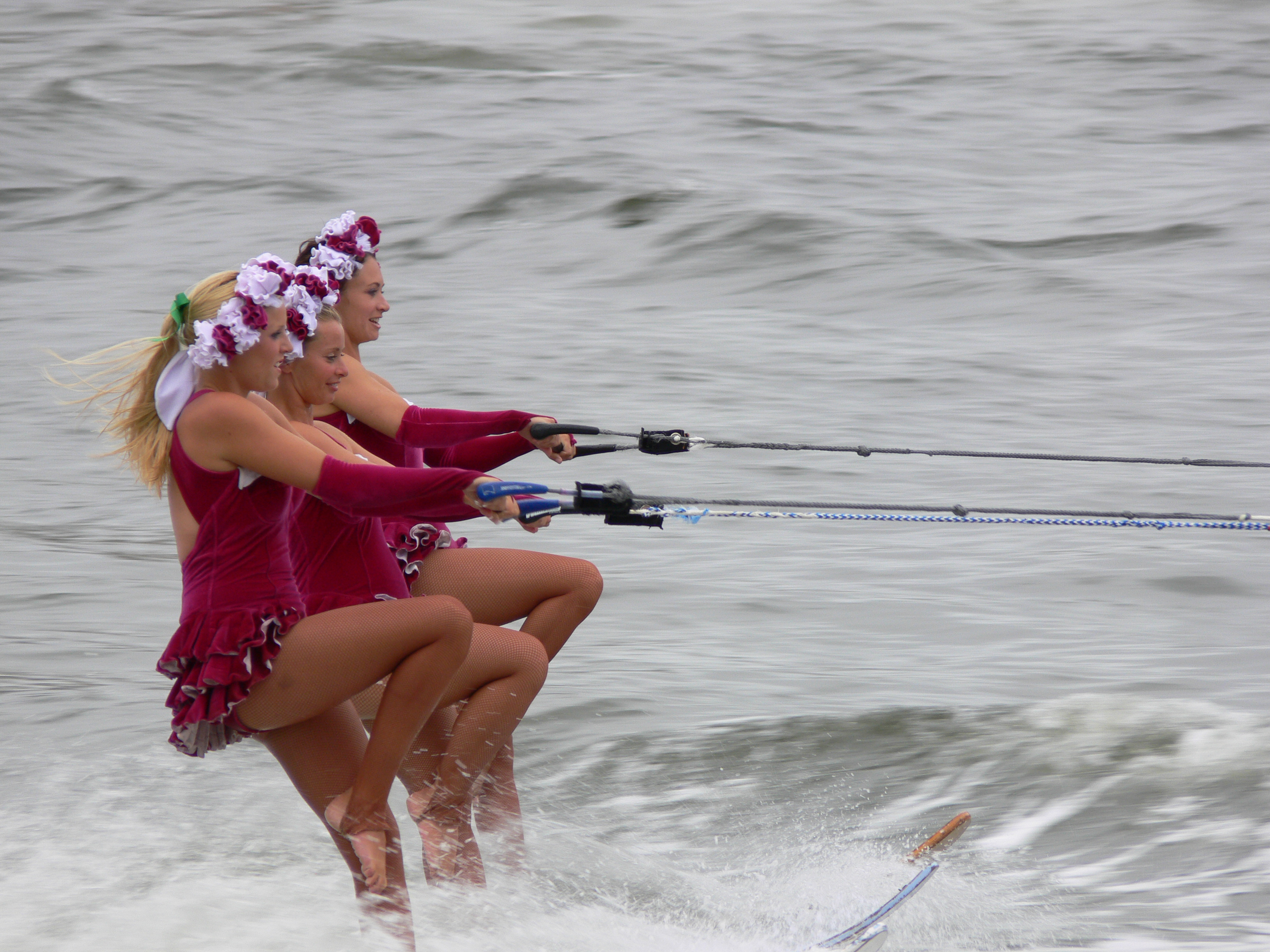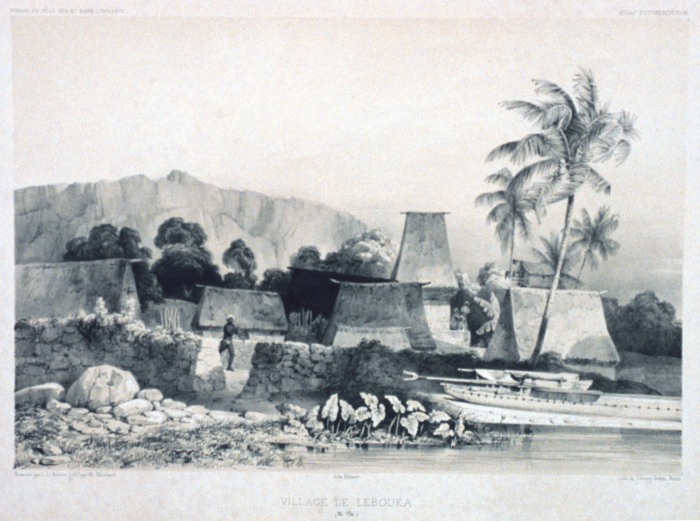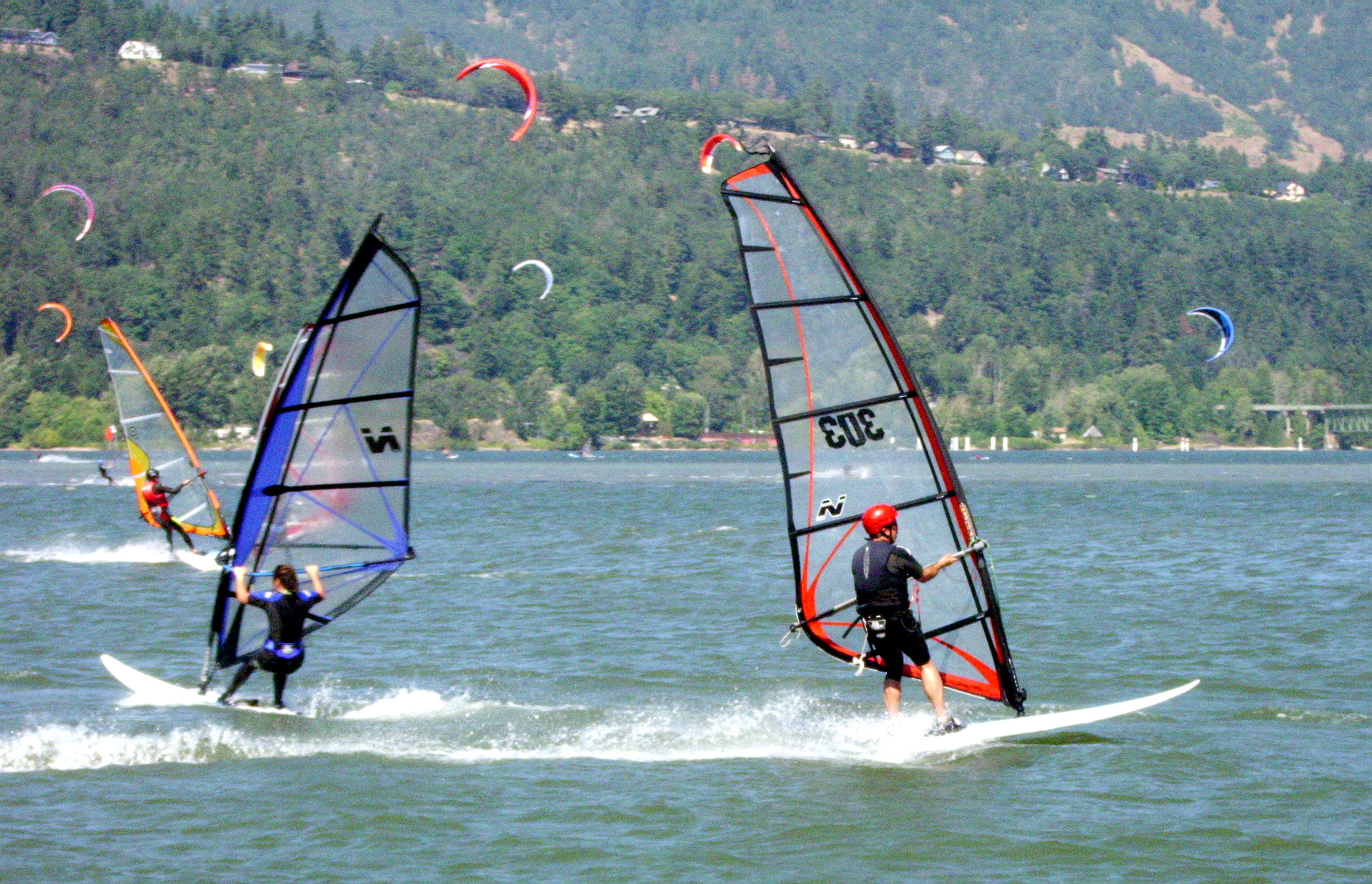|
Matagi Island
Matagi (pronounced ), sometimes written Matangi, is an island the Vanua Levu Group in northern Fiji, situated 16°44 South 179° West. It is one of three tiny volcanic islands grouped to the east of Thurston Point on the island of Taveuni, the others being Qamea and Laucala. The horseshoe-shaped islet of 97 hectares (240 acres) lies east of Thurston Point. Inaccessible until recently, this privately owned island has been turned into an up-market resort. Apart from diving, activities include fishing, windsurfing, sailing, water-skiing, and snorkelling. There is a speedboat link between Matagi and Taveuni. The beach forest and flooded volcanic caldera of the island contribute to its national significance as outlined in Fiji's Biodiversity Strategy and Action Plan. History It is believed the Fiji Islands were first settled about 3,500 years ago. In 1643, Dutch Navigator Abel Tasman was the first European to discover Fiji's Northern group of islands including Matagi Island. A ... [...More Info...] [...Related Items...] OR: [Wikipedia] [Google] [Baidu] |
Vanua Levu Group
The Vanua Levu Group is an archipelago in northern Fiji. It takes its name from its predominant island, Vanua Levu. Among the other island in the group, the most important is Taveuni. Other islands in the group include Laucala, Matagi Island, Matagi, Namena Lala, Qamea, Rabi Island, Rabi, Vorovoro and Yadua Tabu. They have an aggregate area of , with a total population of 140,016 at the 1996 census, the last held. The Vanua Levu Group is coextensive with Fiji's Northern Division, Fiji, Northern Division, one of four into which the country is divided for Local government in Fiji, local government purposes. Together with the remote Lau Islands, they form the Tovata, Tovata Confederacy, one of three Ratu, chiefly hierarchies. Vanua Levu, . Archipelagoes of Fiji Archipelagoes of the Pacific Ocean {{Fiji-geo-stub ... [...More Info...] [...Related Items...] OR: [Wikipedia] [Google] [Baidu] |
Snorkelling
Snorkeling ( British and Commonwealth English spelling: snorkelling) is the practice of swimming face down on or through a body of water while breathing the ambient air through a shaped tube called a snorkel, usually with swimming goggles or a diving mask, and swimfins. In cooler waters, a wetsuit may also be worn. The snorkel may be an independent item or integrated with the mask. The use of this equipment allows the snorkeler to observe the underwater environment for extended periods with relatively little effort, and to breathe while face-down at the surface. Snorkeling is a popular recreational activity, particularly at tropical resort locations. It provides the opportunity to observe underwater life in a natural setting without the complicated equipment and training required for scuba diving. It appeals to all ages because of how little effort is involved and is the basis of the two surface disciplines of the underwater sport of finswimming. Snorkeling is also used b ... [...More Info...] [...Related Items...] OR: [Wikipedia] [Google] [Baidu] |
Vanua Levu
Vanua Levu (pronounced , , ), formerly known as Sandalwood Island, is the second largest island of Fiji. Located to the north of the larger Viti Levu, the island has an area of and a population of 135,961 . Geology Fiji lies in a tectonically complex area between the Australian plate and the Pacific plate. The Fiji Platform lies in a zone bordered with active extension fault lines around which most of the shallow earthquakes were centred. These fault lines are the Fiji Fracture Zone (FFZ) to the north, the 176° Extension Zone (176°E EZ) to the west, and the Hunter fracture zone (HFZ) and Lau Ridge to the east. Mio-Pliocene sandstones and marl grade into epiclastics and andesitic volcanics of the Suva Group. The Group forms the Korotini Tableland in the middle of the island, it includes the peaks of Seseleka (), Ndelanathau (), Nararo (), Valili (), Mariko (), Mount Nasorolevu (), Ndikeva (), and Uluingala (). The Pliocene Undu Group in the northeastern portion of th ... [...More Info...] [...Related Items...] OR: [Wikipedia] [Google] [Baidu] |
Private Islands Of Fiji
Private or privates may refer to: Music * "In Private", by Dusty Springfield from the 1990 album ''Reputation'' * Private (band), a Denmark-based band * "Private" (Ryōko Hirosue song), from the 1999 album ''Private'', written and also recorded by Ringo Sheena * "Private" (Vera Blue song), from the 2017 album ''Perennial'' Literature * ''Private'' (novel), 2010 novel by James Patterson * ''Private'' (novel series), young-adult book series launched in 2006 Film and television * ''Private'' (film), 2004 Italian film * ''Private'' (web series), 2009 web series based on the novel series * ''Privates'' (TV series), 2013 BBC One TV series * Private, a penguin character in ''Madagascar'' Other uses * Private (rank), a military rank * ''Privates'' (video game), 2010 video game * Private (rocket), American multistage rocket * Private Media Group, Swedish adult entertainment production and distribution company * ''Private (magazine)'', flagship magazine of the Private Media Group ... [...More Info...] [...Related Items...] OR: [Wikipedia] [Google] [Baidu] |
Matangi Private Island Resort
Matangi (, ) is a Hindu goddess. She is one of the Mahavidyas, ten Tantric goddesses and an aspect of the Hindu Divine Mother. She is considered to be the Tantric form of Sarasvati, the goddess of music and learning. Matangi governs speech, music, knowledge and the arts. Her worship is prescribed to acquire supernatural powers, especially gaining control over enemies, attracting people to oneself, acquiring mastery over the arts and gaining supreme knowledge. Matangi is often associated with pollution, inauspiciousness and the periphery of Hindu society, which is embodied in her most popular form, known as Uchchhishta-Chandalini or Uchchhishta-Matangini. She is described as an outcaste ( Chandalini) and offered left-over or partially eaten food (''Uchchhishta'') with unwashed hands or food after eating, both of which are considered to be impure in classical Hinduism. Matangi is represented as emerald green in colour. While Uchchhishta-Matangini carries a noose, sword, goad ... [...More Info...] [...Related Items...] OR: [Wikipedia] [Google] [Baidu] |
Blackbirding
Blackbirding was the trade in indentured labourers from the Pacific in the 19th and early 20th centuries. It is often described as a form of slavery, despite the British Slavery Abolition Act 1833 banning slavery throughout the British Empire, including Australia. The trade frequently relied on coercion, deception, and kidnapping to transport tens of thousands of indigenous people from islands in the Pacific Ocean to Australia and other European colonies, often to work on plantations in conditions similar to the Atlantic slave trade. These blackbirded people, known as Kanaka (Pacific Island worker), Kanakas or South Sea Islanders, were taken from places such as Papua New Guinea, the Solomon Islands, Vanuatu, Niue, Easter Island, the Gilbert Islands, Tuvalu and the islands of the Bismarck Archipelago, amongst others. The owners, captains, and crews of the ships involved in the acquisition of these labourers were termed ''blackbirders''. Blackbirding ships began operations in the ... [...More Info...] [...Related Items...] OR: [Wikipedia] [Google] [Baidu] |
Cannibal Isles
Fiji, officially the Republic of Fiji, is an island country in Melanesia, part of Oceania in the South Pacific Ocean. It lies about north-northeast of New Zealand. Fiji consists of an archipelago of more than 330 islands—of which about 110 are permanently inhabited—and more than 500 islets, amounting to a total land area of about . The most outlying island group is Ono-i-Lau. About 87% of the total population live on the two major islands, Viti Levu and Vanua Levu. About three-quarters of Fijians live on Viti Levu's coasts, either in the capital city of Suva, or in smaller urban centres such as Nadi (where tourism is the major local industry) or Lautoka (where the sugar-cane industry is dominant). The interior of Viti Levu is sparsely inhabited because of its terrain. The majority of Fiji's islands were formed by volcanic activity starting around 150 million years ago. Some geothermal activity still occurs today on the islands of Vanua Levu and Taveuni. The geot ... [...More Info...] [...Related Items...] OR: [Wikipedia] [Google] [Baidu] |
Water-skiing
Water skiing (also waterskiing or water-skiing) is a surface water sport in which an individual is pulled behind a boat or a cable ski installation over a body of water, skimming the surface on one or two skis. The sport requires sufficient area on a stretch of water, one or two skis, a tow boat with tow rope, two or three people (depending on local boating laws), and a personal flotation device. In addition, the skier must have adequate upper and lower body strength, muscular endurance, and good balance. There are water ski participants around the world, in Asia and Australia, Europe, Africa, and the Americas. In the United States alone, there are approximately 11 million water skiers and over 900 sanctioned water ski competitions every year. Australia boasts 1.3 million water skiers. There are many options for recreational or competitive water skiers. These include speed skiing, trick skiing, show skiing, slaloming, jumping, barefoot skiing and wakeski. Similar, related ... [...More Info...] [...Related Items...] OR: [Wikipedia] [Google] [Baidu] |
Fiji
Fiji, officially the Republic of Fiji, is an island country in Melanesia, part of Oceania in the South Pacific Ocean. It lies about north-northeast of New Zealand. Fiji consists of an archipelago of more than 330 islands—of which about 110 are permanently inhabited—and more than 500 islets, amounting to a total land area of about . The most outlying island group is Ono-i-Lau. About 87% of the total population live on the two major islands, Viti Levu and Vanua Levu. About three-quarters of Fijians live on Viti Levu's coasts, either in the capital city of Suva, or in smaller urban centres such as Nadi (where tourism is the major local industry) or Lautoka (where the Sugarcane, sugar-cane industry is dominant). The interior of Viti Levu is sparsely inhabited because of its terrain. The majority of Fiji's islands were formed by Volcano, volcanic activity starting around 150 million years ago. Some geothermal activity still occurs today on the islands of Vanua Levu and ... [...More Info...] [...Related Items...] OR: [Wikipedia] [Google] [Baidu] |
Sailing
Sailing employs the wind—acting on sails, wingsails or kites—to propel a craft on the surface of the ''water'' (sailing ship, sailboat, raft, Windsurfing, windsurfer, or Kitesurfing, kitesurfer), on ''ice'' (iceboat) or on ''land'' (Land sailing, land yacht) over a chosen Course (navigation), course, which is often part of a larger plan of navigation. From prehistory until the second half of the 19th century, sailing craft were the primary means of maritime trade and transportation; exploration across the seas and oceans was reliant on sail for anything other than the shortest distances. Naval power in this period used sail to varying degrees depending on the current technology, culminating in the gun-armed sailing warships of the Age of Sail. Sail was slowly replaced by steam as the method of propulsion for ships over the latter part of the 19th century – seeing a gradual improvement in the technology of steam through a number of developmental steps. Steam allowed schedul ... [...More Info...] [...Related Items...] OR: [Wikipedia] [Google] [Baidu] |
Windsurfing
Windsurfing is a wind-propelled water sport that is a combination of sailing and surfing. It is also referred to as "sailboarding" and "boardsailing", and emerged in the late 1960s from the Californian aerospace and surf culture. Windsurfing gained a popular following across Europe and North America by the late 1970s and had achieved significant global popularity by the 1980s. Windsurfing became an Olympic sport in 1984. History Newman Darby of Pennsylvania created a rudderless "sailboard" in 1964 that incorporated a pivoting square rigged, "square rigged" or "kite rigged" sail which allowed the rider to steer a rectangular board by tilting the sail forward and back. Darby's design however had notable performance limitations. Unlike the modern windsurfer design, Darby's sailboard was operated "back winded", with the sailor's back to the lee side of a kite-shaped sail. This much less efficient and less desirable sailing position is opposite of how a modern windsurfer is operated. ... [...More Info...] [...Related Items...] OR: [Wikipedia] [Google] [Baidu] |









